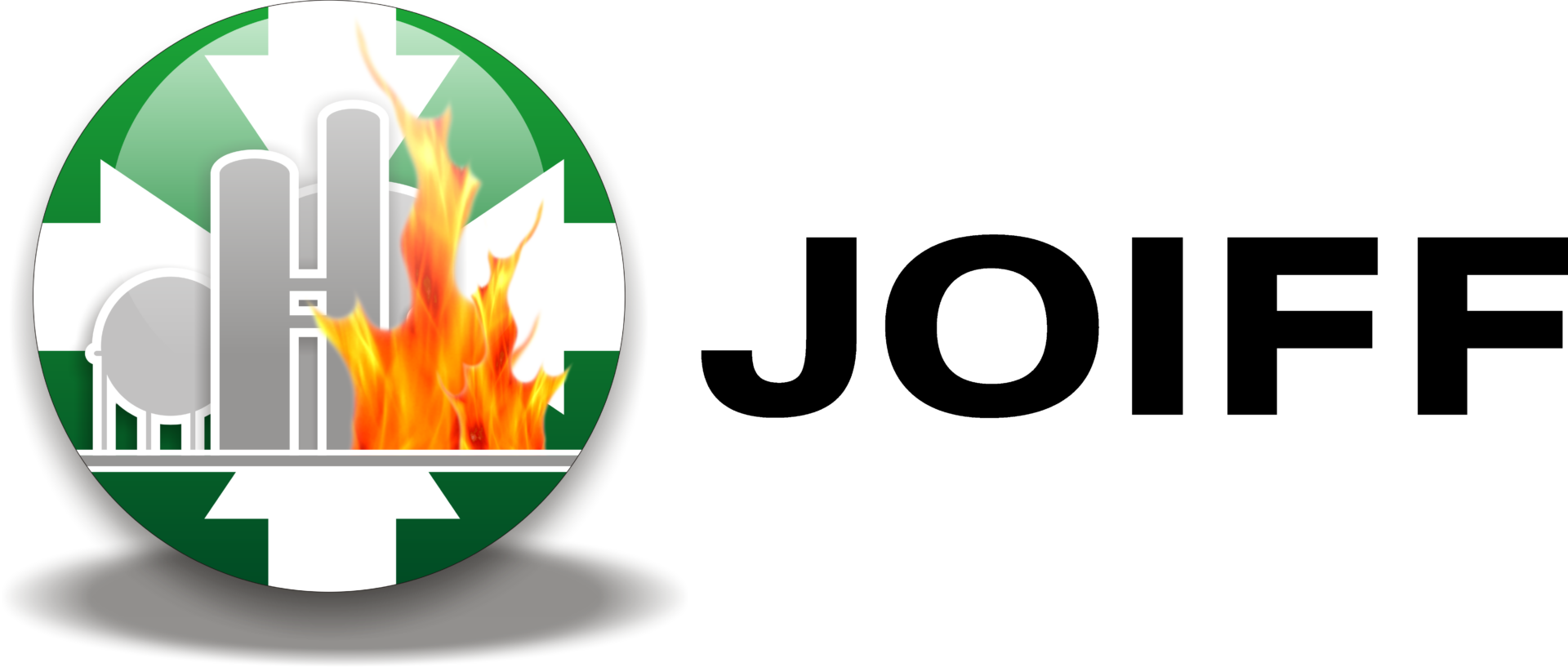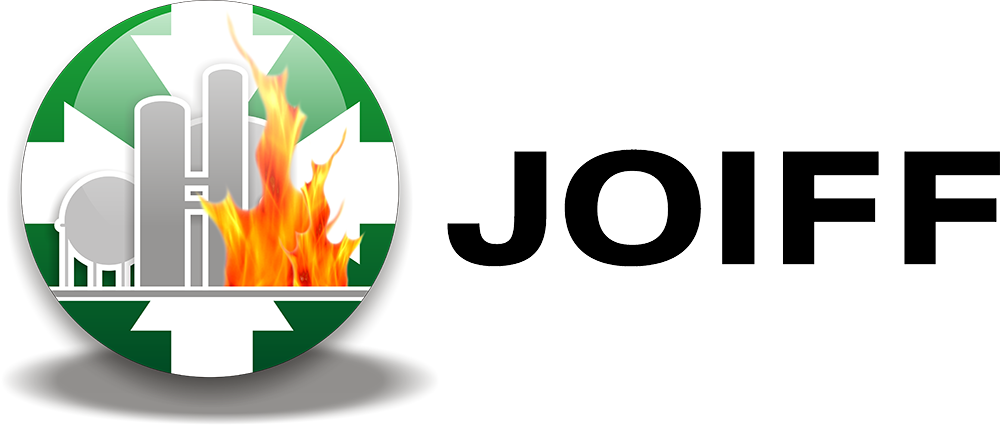JOIFF History
Share learning since 1990
The Story
In 1990 a number of industrial fire officers in oil refineries in the United Kingdom decided that there was a need within the Oil industry to meet regularly to discuss how to deal with fire safety matters within their Industry. They held the formal inaugural meeting of the Joint Oil and Industry Fire Form (JOIFF) in London, England and elected Eddie Davies of Elf Milford Haven, Wales, as the first Chairman.
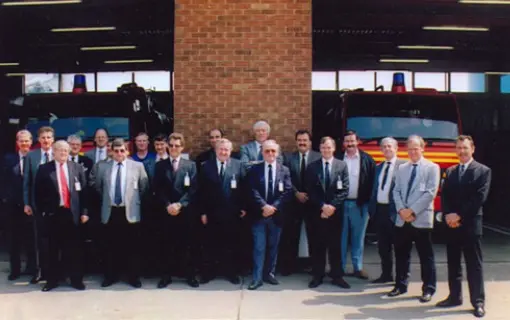
Through the 1990s, the value and potential of JOIFF was recognised by fire officers in industries outside the oil industry i.e. chemical, aviation, pharmaceutical etc. and to allow membership of organisations from sectors other than the Oil Industry, the name of JOIFF was changed to the Joint Oil & Industry Forum.
Into the new millennium, the membership of JOIFF continued to grow, not only in the number of member organisations and the range of industry/commerce sectors in which they were engaged, but also in influence and the number of Countries in which JOIFF member organisations were located and the name of the Organisation was changed to “JOIFF: the International Organisation for Industrial Emergency Services Management” - or simply “JOIFF”, the name by which the Organisation is now well known.
The JOIFF logo through the years
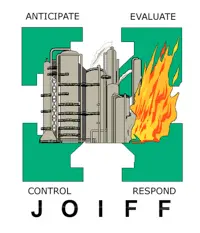
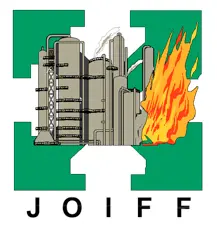
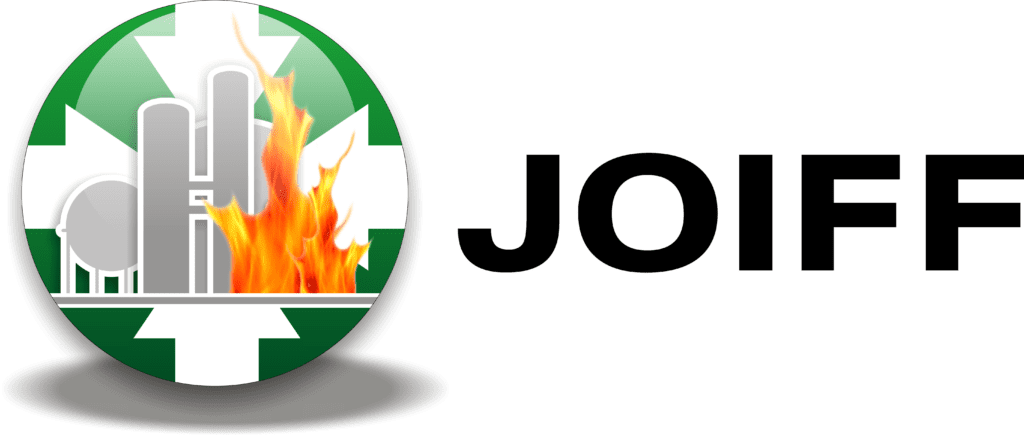
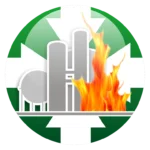
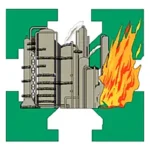





Following the inaugural meeting of JOIFF in 1990, a logo for JOIFF was designed by Rob Wardle, and Simon Peake when they both worked together in JOIFF member organisation, Dow Corning, Barry, Wales. Through the years, the logo has changed in format and design but the key points of the logo have been maintained –
• the arrows in the background, coloured in green to represent what was eventually to become the European standard colour for “safe conditions”;
• the need for Mutual Aid in the event of a major Incident involving Industry with the four white arrows looking inwards to represent other member companies coming to assist in the event of a major incident;
• the building structures which were added to the background to represent the structures of the original JOIFF member companies and
• the flames were coloured to add realism.
The JOIFF logo is now available as a lapel pin which Emergency Responders and others working in JOIFF member organisations wear with pride.
The JOIFF Secretariat
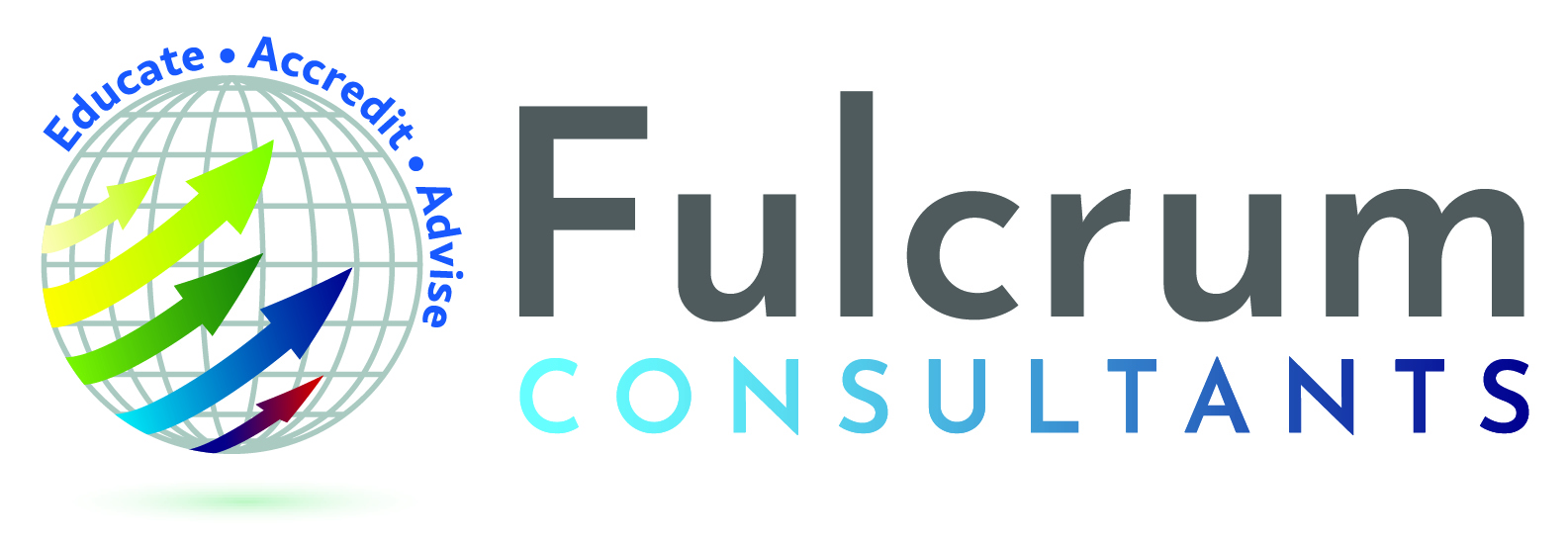
During the 1990s, Fulcrum Consultants, a Company based in Dublin, Ireland dealing the Fire sector Internationally, worked with the JOIFF Board of Directors on various activities related to emergency services management and introduced many Industrial organisations from many Countries to membership of JOIFF. As a result of the growing activities of JOIFF, at the beginning of 2001, the Directors of JOIFF invited Fulcrum Consultants to become the JOIFF Secretariat to take on the administration of JOIFF and to guide the operation, growth and development of JOIFF from that time. Since then, Fulcrum Consultants, has built JOIFF into the major International Organisation that it is today with Membership spanning across the World.
